|
Following on from the inaugural BIOfutures series, which aired in 2022 and explored biomaterials, biodesign, and biotechnology for the built environment, the second series ran earlier this year and focused on the body, health, and wellbeing.
BIOfutures series II featured a stellar line-up of seminal figures in the field, including award-winning designer and researcher Charlotte McCurdy, whose work, which has featured in The New York Times, CNN, Wallpaper, and Vogue, among many others, sits at the intersection of emerging technology, futures, and existential threats; Aniela Hoitink, founder and CEO of NEFFA - the only 3D manufacturing method for allowing seamless and custom products grown from home compostable mushroom roots and other biomaterials; and of biomaterials pioneer MycoTEX; Surzhana Radnaeva, founder of Traditional Futures; Carole Collet, Professor in Design for Sustainable Futures and Director of Maison/0, and co-director of the Design & Living Systems Lab Research Group at Central Saint Martins, University of the Arts, London; Piero D’Angelo, fashion and textile designer exploring a future where biotechnology plays a primary role in fashion by influencing not only its aesthetic, but also the way we create garments, including new techniques, materials and silhouettes; Hannah Hansell, artist and researcher interested in the socio-cultural and moral impacts of biotechnology in the fashion and textile industry and future of textile production in the context of biodesign; Veronica Ranner, transdisciplinary artist and designer, who is currently an Assistant Professor at Nanyang Technological University, School of Art, Design and Media (NTU ADM) in Singapore, and founder of the Polyphonic Futures Lab, which explores entanglements between posthumanism, design, science, and ecology through biodesign, biofabrication, and regenerative design practices; Paige Perillat-Piratoine, cofounder and business development lead at Electric Skin; and Rosie Broadhead, textile designer and researcher specialising in biomaterials for fashion industry applications, and founder of material innovation platform SKIN SERIES, and textile scientist at Ghent University. As in the first series, the second explored the visions, insights, hopes, dreams, and concerns of this thought-leading collective whose work is shaping our BIOfutures. Initially aired on Instagram IG Livestream, both the first and second series are archived on YouTube. BIOfutures series III will launch in 2024 and focus on biomaterials, biodesign, and biotechnology and information communications technology and computing.
0 Comments
Join Rachel Armstrong and I, as we discuss how leading-edge ideas, innovations, and inventions at the interface of the human and non-human suggest the cities of the near future will be grown not made by working with not against nature. This event is being hosted as part of The Millennium Project’s World Futures Day.
Speakers: Prof. Rachel Armstrong Professor of Architecture at KU Leuven. Coordinated the Living Architecture Project. Multi-published author, Senior TED fellow, and co-curator and exhibitor at several leading architecture festivals. Melissa Sterry, PhD Chartered Design Scientist, Systems Theorist, Biofuturist, Serial Founder at Bio-futurism consultancy Bioratorium®, at biodesign lab Bionic City®,and at Panarchic Codex®. Follow @melissasterry for updates and to join this session. Concluding the first series of BIOfuture IG livestreamed sessions, at 18:00 BST on May 25th I'll be joined by Professor Claudia Pasquero and Maria Kuptsova to expand upon our two earlier BIOfutures conversations around how still emerging developments in fields including biosensing, biocomputing, biodesign, biomaterials, and biofabrication are converging to open new ways to address critical environmental and social problems facing cities around the world.
Prof. Claudia Pasquero is Professor & Head of Institute of Urban Design at the University of Innsbruck; Urban Morphogenesis Lab Director at The Bartlett, UCL; and Founding Director of ecoLogicStudio, among other current concerns. Maria Kuptsova is a Research Associate at Synthetic Landscape Lab at the University of Innsbruck; Head of Design Innovation at ITMOTECH; and curator Curator of digitocene.net Watch our live-streamed conversation next week here. On May 19th, The Bartlett’s Assoc. Prof. Richard Beckett joined me in the conversation to discuss how advances in biodigital technologies, together with new insights into the microbiology of homes and cities might shape our future built environments. We delved into why new approaches and insights are enabling us to work with living systems in ways that might help us mitigate critical and complex environmental and social problems now and in the future.
A researcher and educator at the Bartlett, Richard’s work is focused on probiotic design, novel digital fabrication techniques, and new materials for microbial ecologies in buildings and cities. He is co-editor of the Syn.De.Bio forum ,which disseminates biodigital work at the crossroad of design, biology, and engineering, and promotes emerging talent in the field. His research on Probiotic Design won the RIBA Presidents Research Award in 2021. Richard has built numerous projects and has been exhibited internationally inc. Archilab – Naturalising Architecture, The Pompidou Centre and Nature – Cooper Hewitt Smithsonian Design Museum. Hear the recording of our session here. Living architecture pioneer Professor Rachel Armstrong joined me in conversation for the latest in the BIOfutures Instagram livestream series. A deep dive into the question of how living architectural materials, engineering, computing, and design might shape our future societies, our conversation explored the re-imagining of the city from the sub-atomic level upwards. We discussed how, by working with other species to create a multi-species commons, we could create solutions to foremost critical issues including resource shortages, pollution, and climate change, together with some of the challenges that face those taking a first principles approach to their research and practice, and why the transition to a truly sustainable society necessitates lateral changes such that policy and practice align with the parameters of the non-human world, both biotic and abiotic. Watch the recording of our conversation here.
On April 28th I joined founder of Grant Associates - the company behind Singapore's Gardens by the Bay - Andrew Grant to discuss how creative ecology is evolving in and beyond cities around the world, and how and why urban ecology has a vital role to play in the creation of environmentally, socially, and economically sustainable cities. Those interested to hear our conversation can find the recording here.
In the next BIOfutures Instagram livestream session I'll be joined by living architecture pioneer Professor Rachel Armstrong to discuss how living materials, structures, and systems might shape our futures cities and other built spaces, among other things. A drop-in live-streamed session taking place at 16:00 BST on May 12th, no RSVP is needed. Join our session here and find our more about the series here. On April 14th I joined Oksana Bondar, Director of Design at Biohm and founder of Urban Fungarium, Rachel Horton-Kitchlew to exchange thoughts on how we might grow the future with fungi. Our discussion covered issues including how working with fungi as a design medium varies from working with inert materials to the particular challenges of biodesign to how fungi may shape the future of our homes, cities, and societies. Those interested to hear our conversation can find the recording here.
In the next BIOfutures Instagram livestream session I'll be joined by Dr. Carolina Ramirez-Figueroa, senior tutor at the Royal College of Art, designer, and architect specialising in design with living microbial systems. Taking place at 18:00 BST on April 21st, our conversation will explore how we might teach students of design, among other disciplines, the skills, knowledge, and approaches they need to work with living materials and systems. A drop-in session, no RSVP is needed. Join our session here and find our more about the series here. On April 7th cofounders of Fullgrown, Alice and Gavin Munro joined me for the latest BIOfutures Instagram IG session to discuss how we might, literally, grow the future of furniture design. Globally-renown pioneers in the biodesign field, Fullgrown grow their iconic pieces in their 'furniture orchard', which involves producing commissions and other pieces through a process of co-creation with nature. Hear our thoughts on the risks, challenges, and opportunities this approach involves, together with our ideas about how it may shape the future of design, culture, and society in the recording of the session here.
Expanding on the same theme, this week's BIOFutures session will explore how we might grow the future, but not with plants, with fungi. Joining me in conversation will be Director of Design at biomanufacturers Biohm and cofounder of Luna Lab design studio, Oksana Bondar, and founder, fungal designer, and researcher at Urban Fungarium, Rachel Horton-Kitchlew. A drop-in session, no RSVP is needed. Join us at 18:00 BST on April 14th here. Find our more about this rolling live-streamed series here and follow updates here. How might emerging ideas and innovations in biodesign, biomaterials, biocomputing and more shape the future of product, furniture, and interior design and more, and what are the challenges of working across human and non-human systems? Hear bioMATTERS cofounder Nancy Diniz and I share our thoughts in the recording of the latest BIOfutures Instagram IG session here.
Honoured to be invited to give a guest lecture to the students of University of Greenwich's Vietnam campuses in Hanoi. The 60-minute session, titled 'Finding a Way: The Rise of Living Design, Technology, and Engineering' will discuss how and why our relationship with other species is changing, what this means for business and society, emerging innovations in biodesign, biomaterials, biotechnology, bioengineering, and the wider bio-disciplines, and best-in-breed examples of startups and other initiatives in the field.
|
AuthorMelissa Sterry, PhD, chartered design scientist, systems theorist, biofuturist, and serial founder inc. Bionic City® Bionic CityAsking the question "how would nature design a city" since 2010.
Archives
October 2023
Categories#bionics
#biotech #biodesign #bioscience #biomimetics #biotechnology #bioengineering #bioinnovation #bioaesthetics #biorevolution #bioenterprise #biosystems #biocreative #biofuturism #biofutures #biocentric #biofacture #biotecture #biovation #biofiction #biourban #biocities #biolab #bioart #STEM
#STEAM #STEAMED #STEMcomms #STEAMcomms #STEAMEDcomms © Bioratorium Limited & Melissa Sterry
2021 All Rights Reserved |
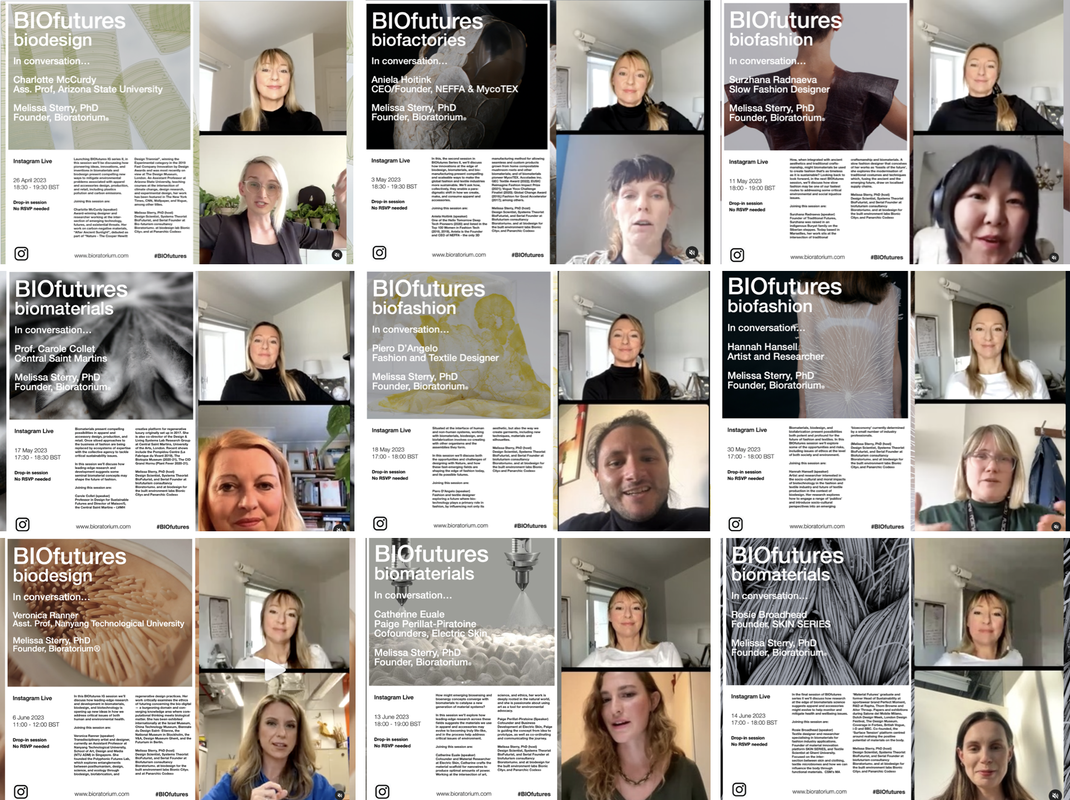
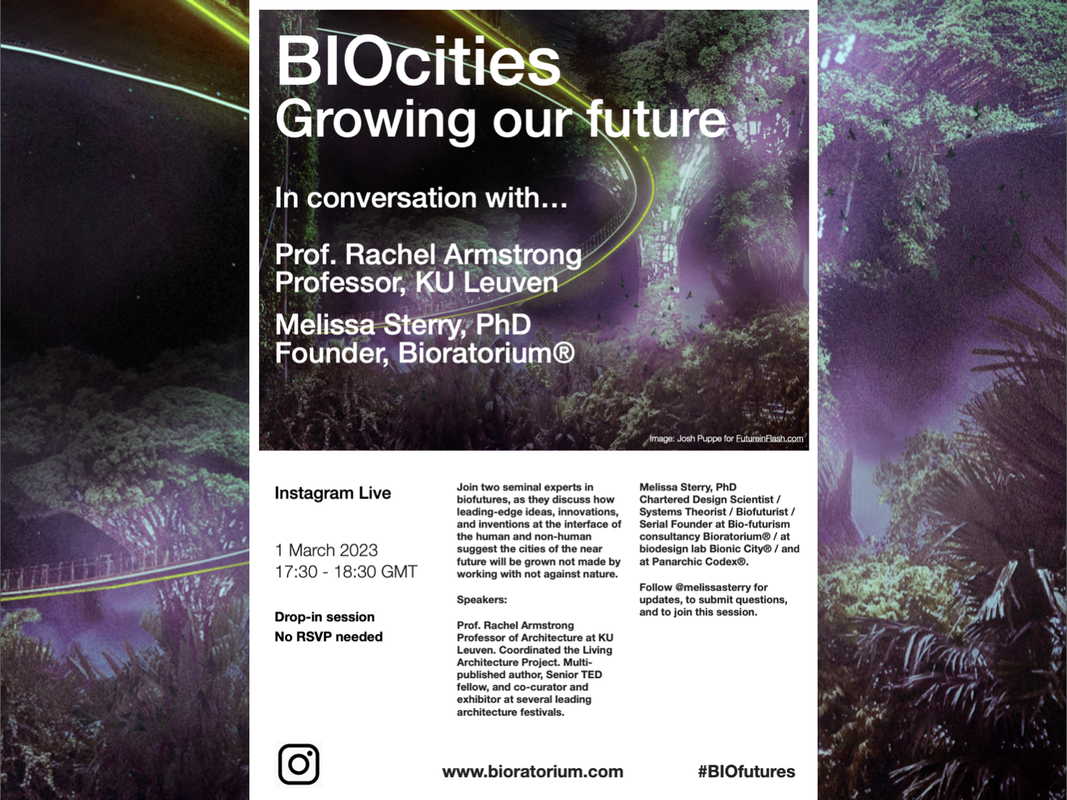


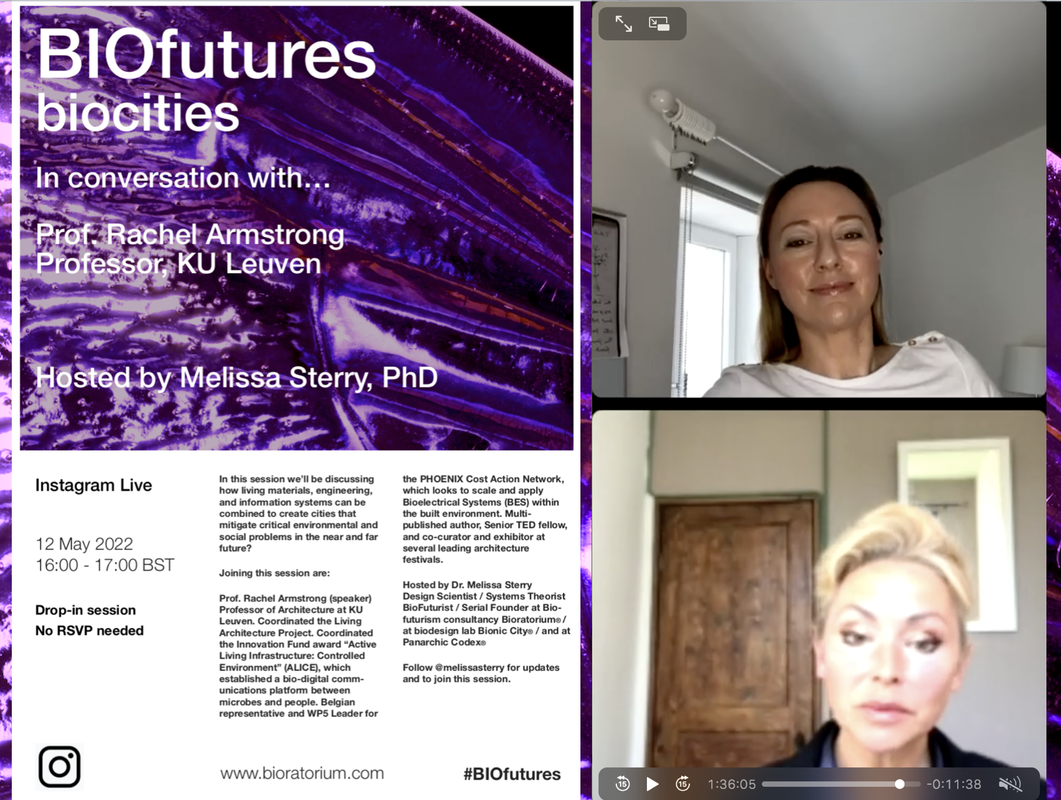
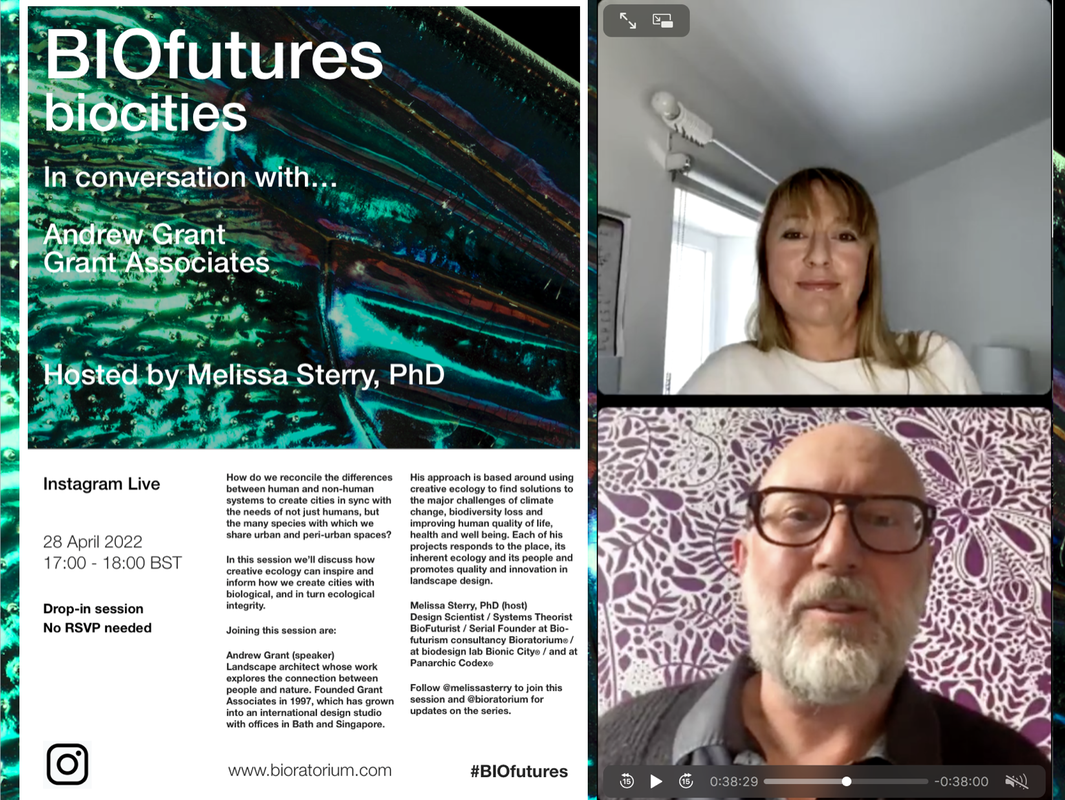
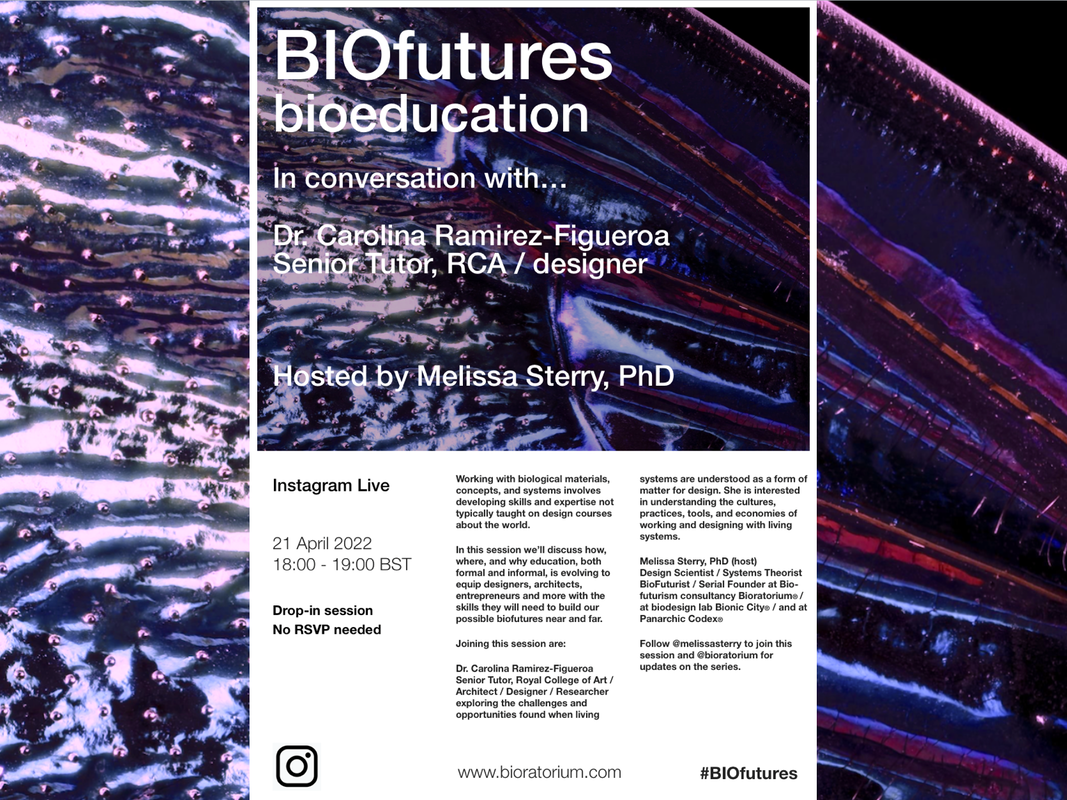
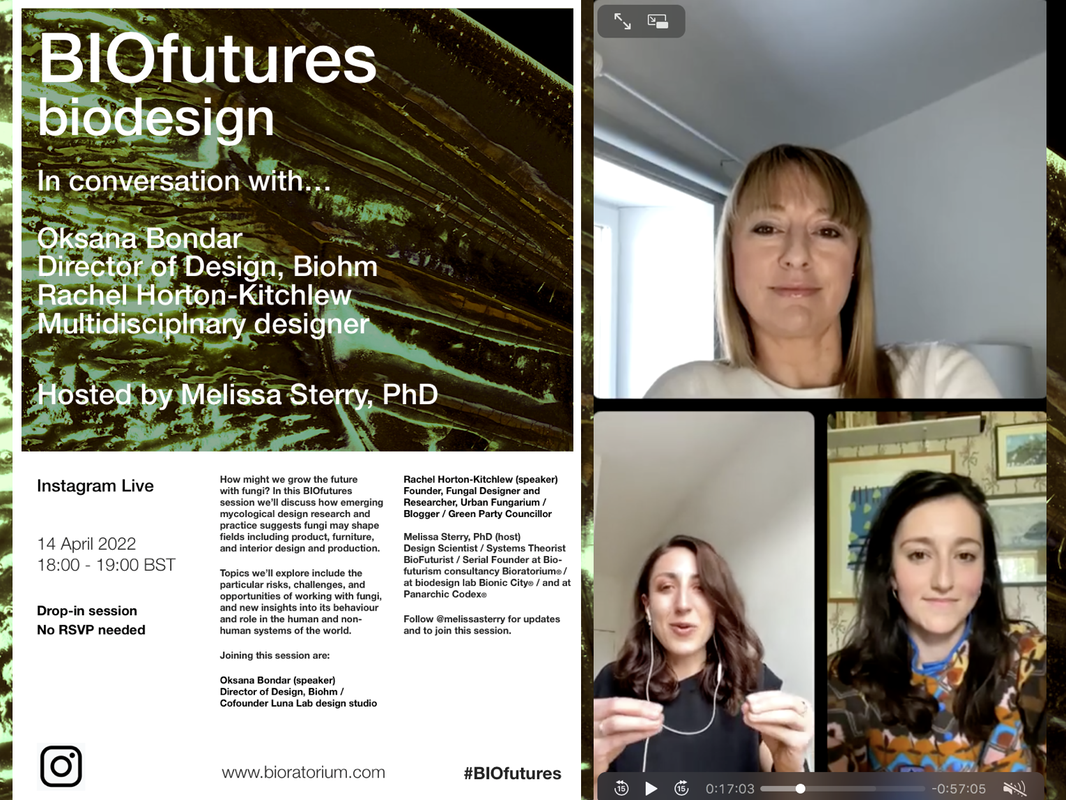
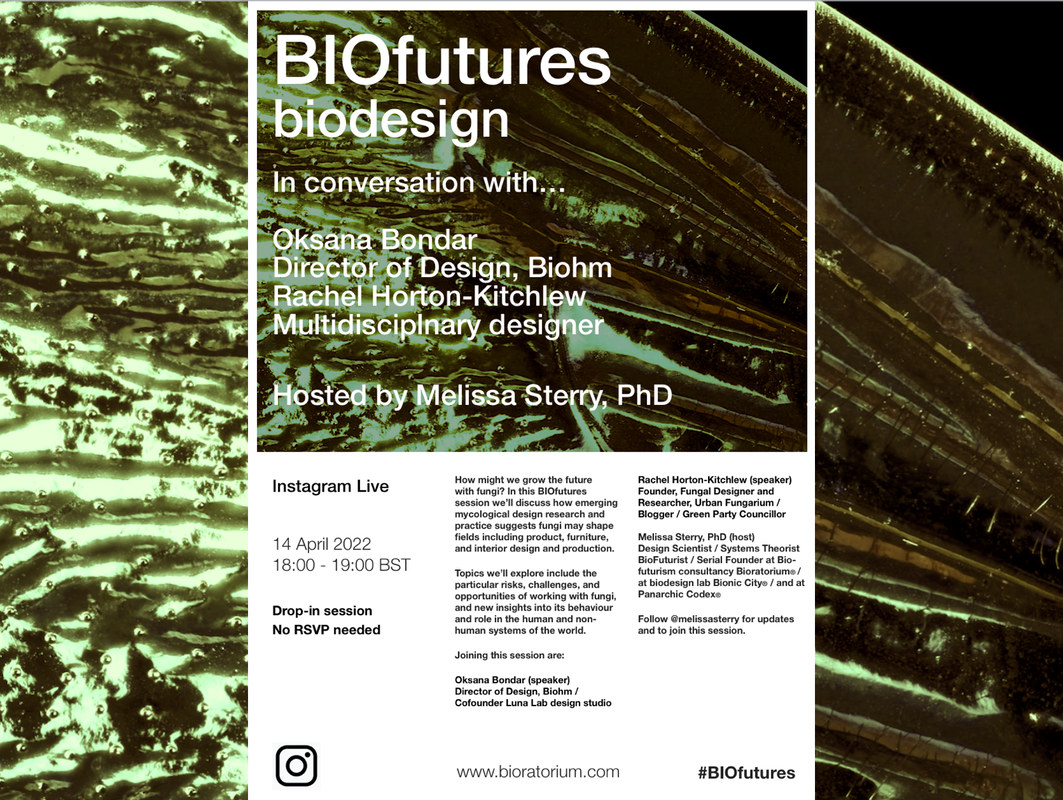
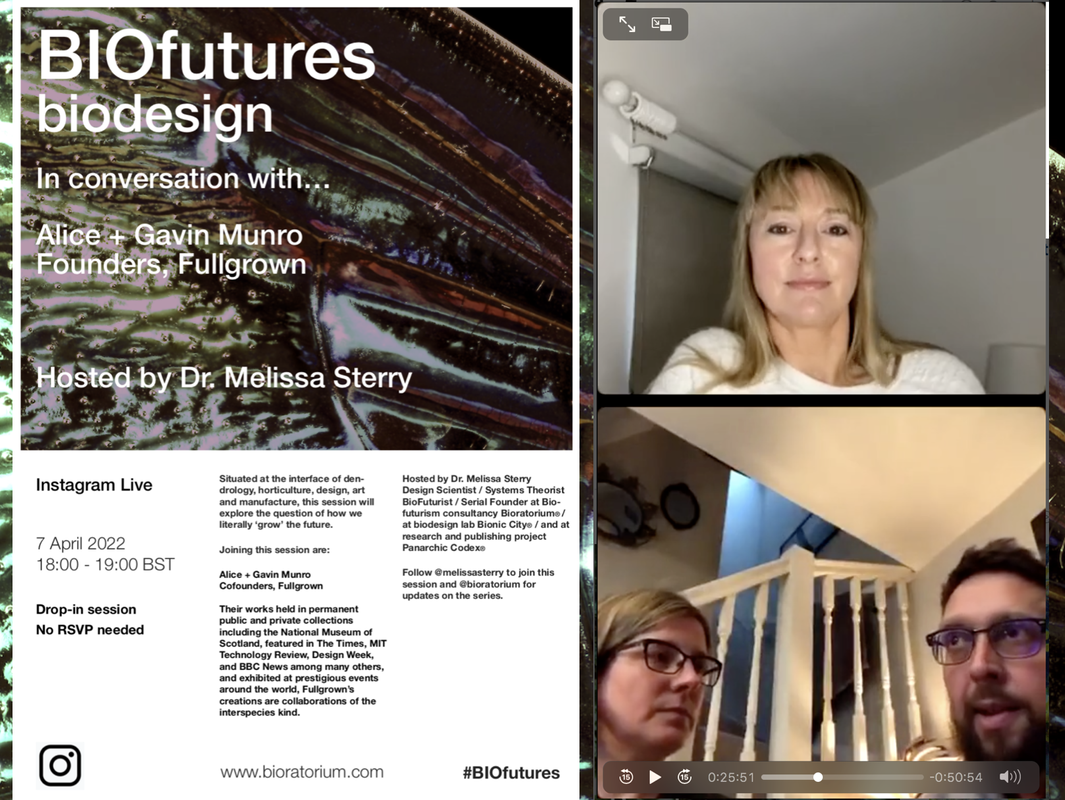
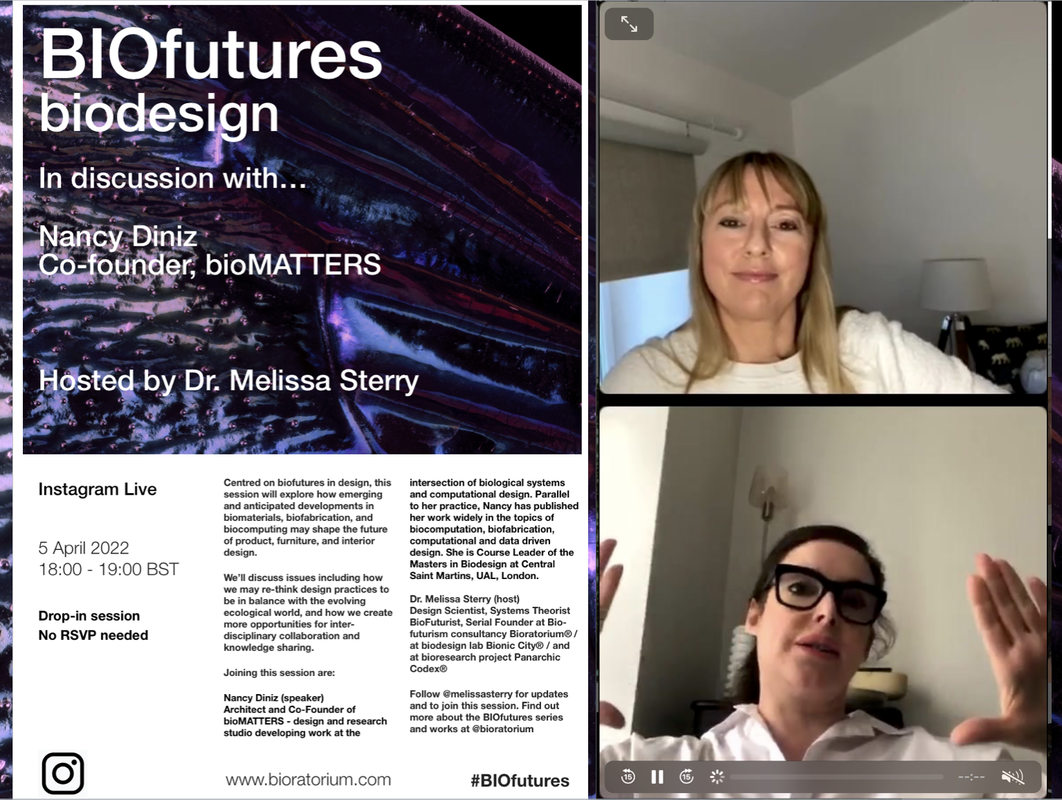
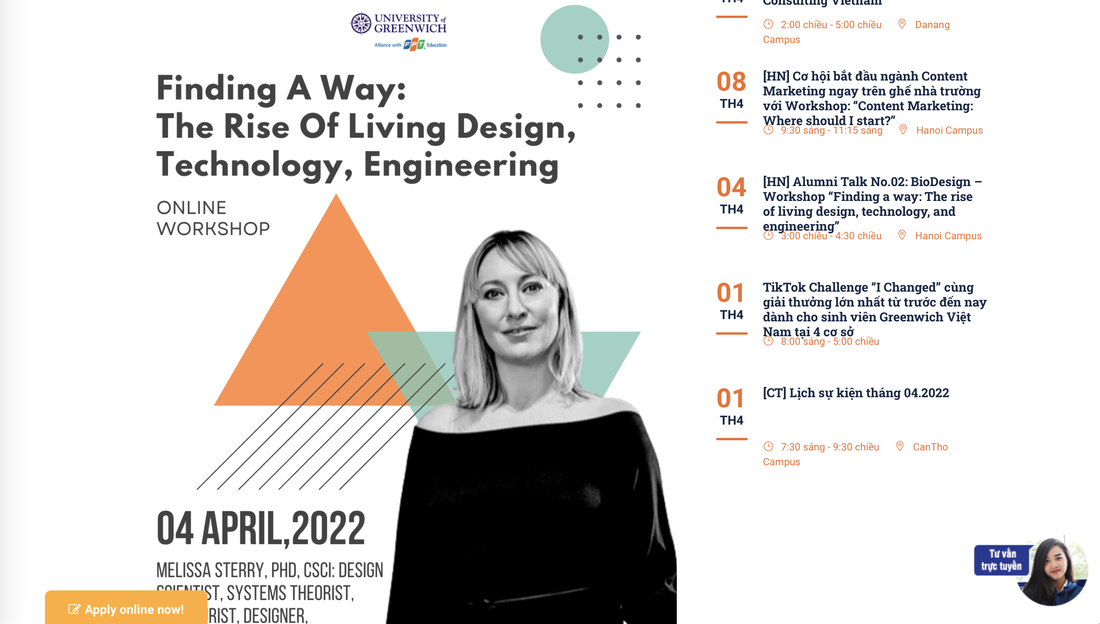
 RSS Feed
RSS Feed

